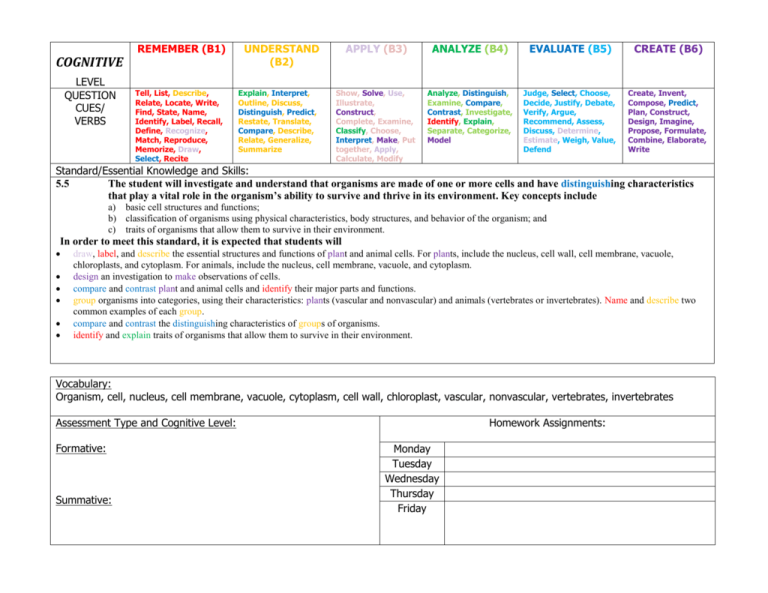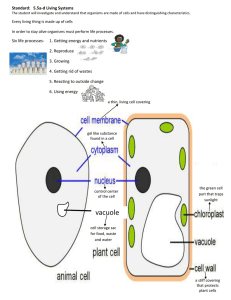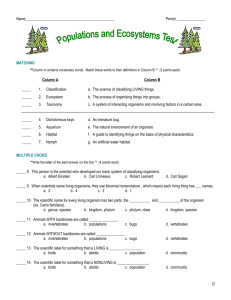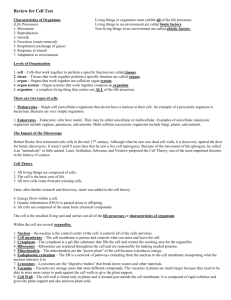5.5
advertisement

COGNITIVE LEVEL QUESTION CUES/ VERBS REMEMBER (B1) Tell, List, Describe, Relate, Locate, Write, Find, State, Name, Identify, Label, Recall, Define, Recognize, Match, Reproduce, Memorize, Draw, Select, Recite UNDERSTAND (B2) Explain, Interpret, Outline, Discuss, Distinguish, Predict, Restate, Translate, Compare, Describe, Relate, Generalize, Summarize APPLY (B3) ANALYZE (B4) EVALUATE (B5) CREATE (B6) Show, Solve, Use, Illustrate, Construct, Complete, Examine, Classify, Choose, Interpret, Make, Put together, Apply, Calculate, Modify Analyze, Distinguish, Examine, Compare, Contrast, Investigate, Identify, Explain, Separate, Categorize, Model Judge, Select, Choose, Decide, Justify, Debate, Verify, Argue, Recommend, Assess, Discuss, Determine, Estimate, Weigh, Value, Defend Create, Invent, Compose, Predict, Plan, Construct, Design, Imagine, Propose, Formulate, Combine, Elaborate, Write Standard/Essential Knowledge and Skills: 5.5 The student will investigate and understand that organisms are made of one or more cells and have distinguishing characteristics that play a vital role in the organism’s ability to survive and thrive in its environment. Key concepts include a) basic cell structures and functions; b) classification of organisms using physical characteristics, body structures, and behavior of the organism; and c) traits of organisms that allow them to survive in their environment. In order to meet this standard, it is expected that students will draw, label, and describe the essential structures and functions of plant and animal cells. For plants, include the nucleus, cell wall, cell membrane, vacuole, chloroplasts, and cytoplasm. For animals, include the nucleus, cell membrane, vacuole, and cytoplasm. design an investigation to make observations of cells. compare and contrast plant and animal cells and identify their major parts and functions. group organisms into categories, using their characteristics: plants (vascular and nonvascular) and animals (vertebrates or invertebrates). Name and describe two common examples of each group. compare and contrast the distinguishing characteristics of groups of organisms. identify and explain traits of organisms that allow them to survive in their environment. Vocabulary: Organism, cell, nucleus, cell membrane, vacuole, cytoplasm, cell wall, chloroplast, vascular, nonvascular, vertebrates, invertebrates Assessment Type and Cognitive Level: Formative: Summative: Homework Assignments: Monday Tuesday Wednesday Thursday Friday MONDAY TUESDAY WEDNESDAY THURSDAY FRIDAY ------------------------- ------------------------ ----------------------- --------------------- ----------------------- ------------------------- ------------------------ ----------------------- --------------------- ----------------------- ------------------------- ------------------------ ----------------------- --------------------- ----------------------- Reflection Closure Differentiation (Above, On, and/or Below Grade Level) Learning Plan, Activities, Planned Questions (Include time allotted to specific activities) Hook/ Essential Question DATE A O B











